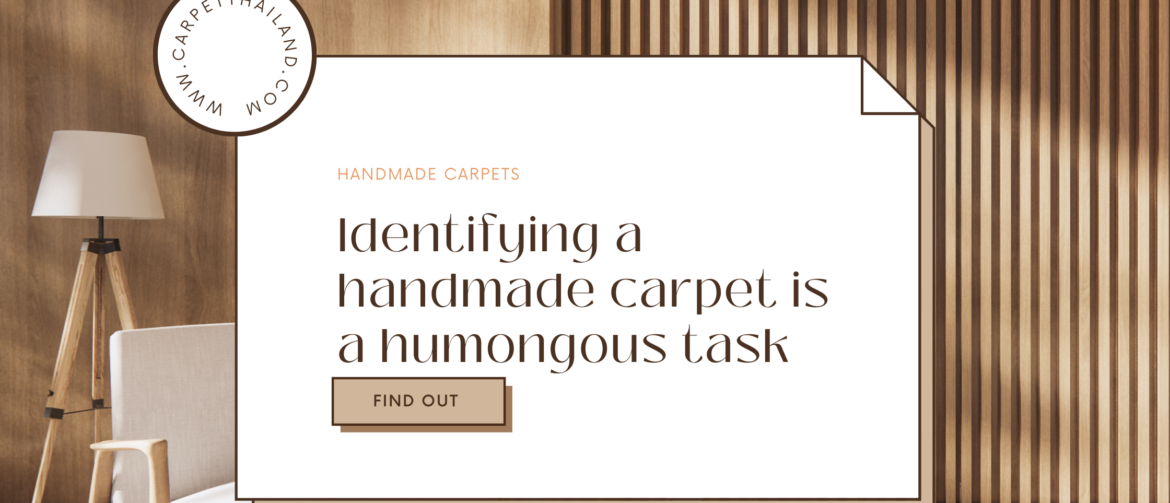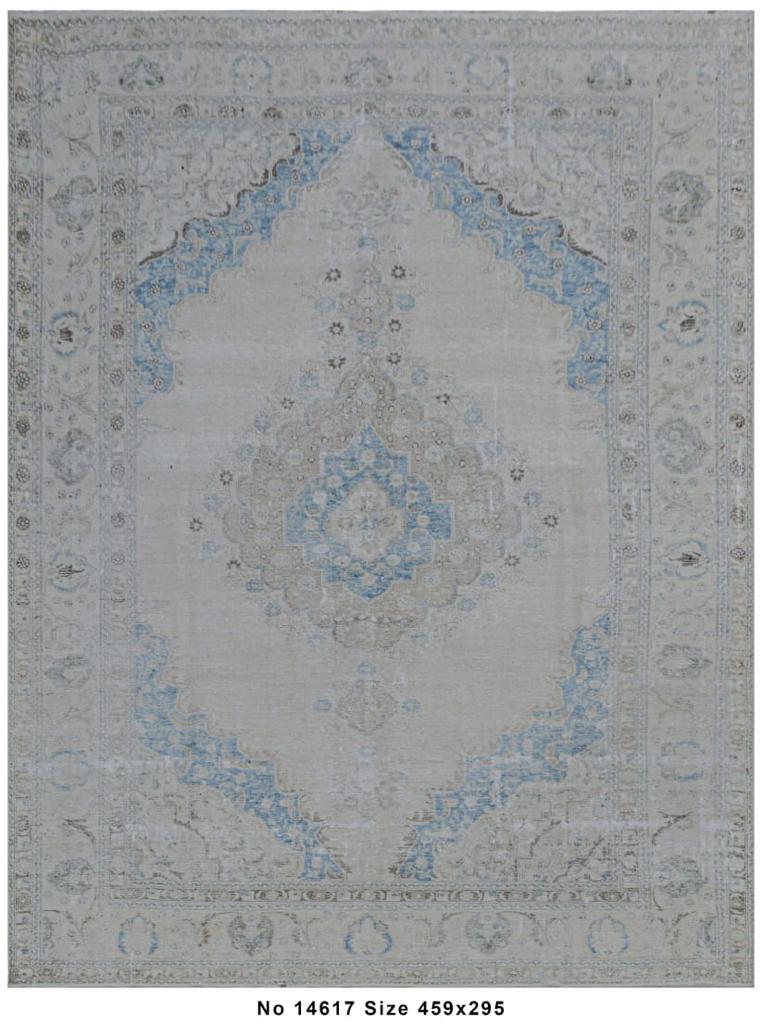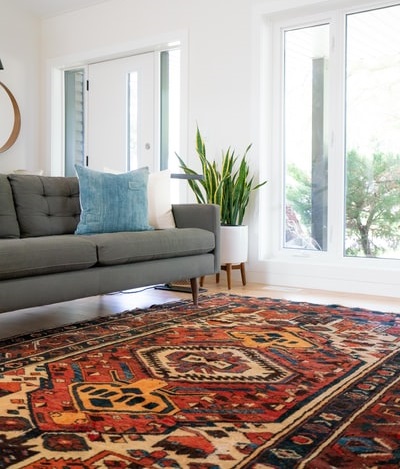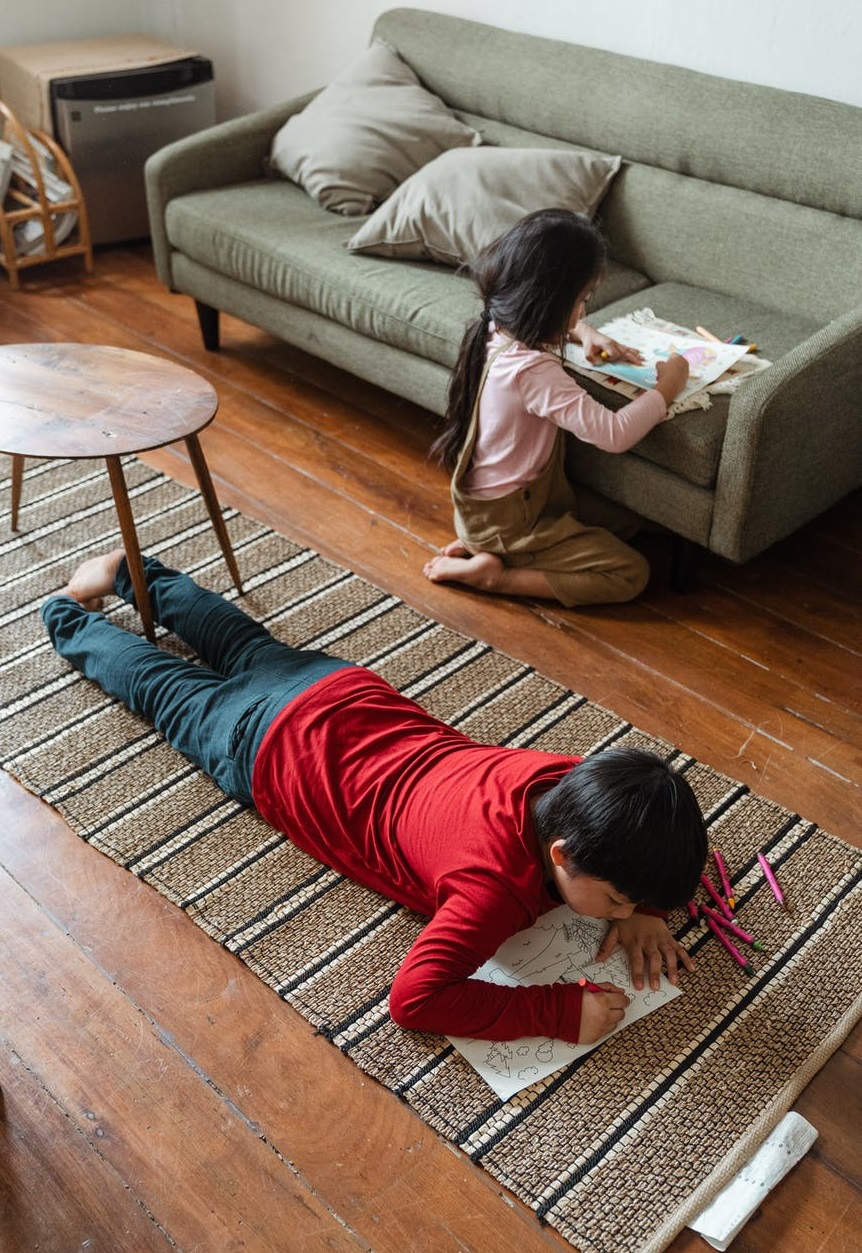
Determining a handmade carpet is a humongous task
Determining a genuine handmade carpet is a humongous task – not an easy skill to have at all. And this blog tries to explain why it is so.
A key problem is that the carpet buyers don’t have the fundamental knowledge to distinguish between handmade carpets and commercial carpets. They want to blindly trust the carpet sellers, thus find in the trouble quadrant usually. The profit margins on the handmade rugs are more or less undefined which put the buyers in a position of getting fooled. The buyer may end up either getting a low-quality carpet product or a counterfeit one. And believe us, in today’s world, it happens a lot. Take, for example, while touring a nation you wouldn’t have the time to find out the genuineness of the carpet in case you fall in love with one and the sellers know that. Knowing that you are a foreigner, the seller may discard doing the right deal straight away, because, s/he knows you aren’t going to come back even if you find out later that the carpet was fake. Or worse, even if you come back to complain, you certainly ain’t gonna come back with the carpet you bought just now.
The two carpets below belong to the handmade and commercial categories. The one on the left is a Handmade carpet and on the right is a commercial carpet.
When buying a handmade carpet, look from the eye of a Wiseman or the experience of an old traveller. Remember, the carpet seller knows you are a wealthy person otherwise you wouldn’t have shown your desire for buying a handmade carpet. Handmade rugs are generally more expensive as the weaver takes months to weave just one carpet and cannot do it if s/he doesn’t have the proper carpet weaving skills passed on to him/her from generations. These carpets are hard to source as the weaver generally belongs to nomadic tribes and rural communities inaccessible to normal tourists. Coming back to the point of finding the authenticity of the handmade carpet before buying, simply look at the carpet as if you are buying a woollen cardigan. In the case of woollen cardigans, the majority of the time you would instantly come to know which ones are handmade or machine-made. Similarly, in carpets too, if you observe no variation in shades, knots are too smooth in the pattern, have lesser density and appear thinner, colours are too defined, and the overall design has faultless and immaculate projection at you, just remember machines don’t make mistakes.
Once you find a little bit of organic and random coarseness in the design, pattern, and colours, start inquiring the carpet seller about its origin. How does s/he get these carpets? Ask some probing questions that you may know more about the regions where these carpets come from so that you know the seller is not pretending. This exercise also testifies that the carpet seller knows his/her trade well. At this point, if you are convinced to a greater extent, ask the seller about any insurance and guarantees that may come with the carpet that you intend to buy. Believe me, if you get those guarantee related documents and also if you get to see the purchase documents of the carpets, you have a fantastic deal.







Leave a reply